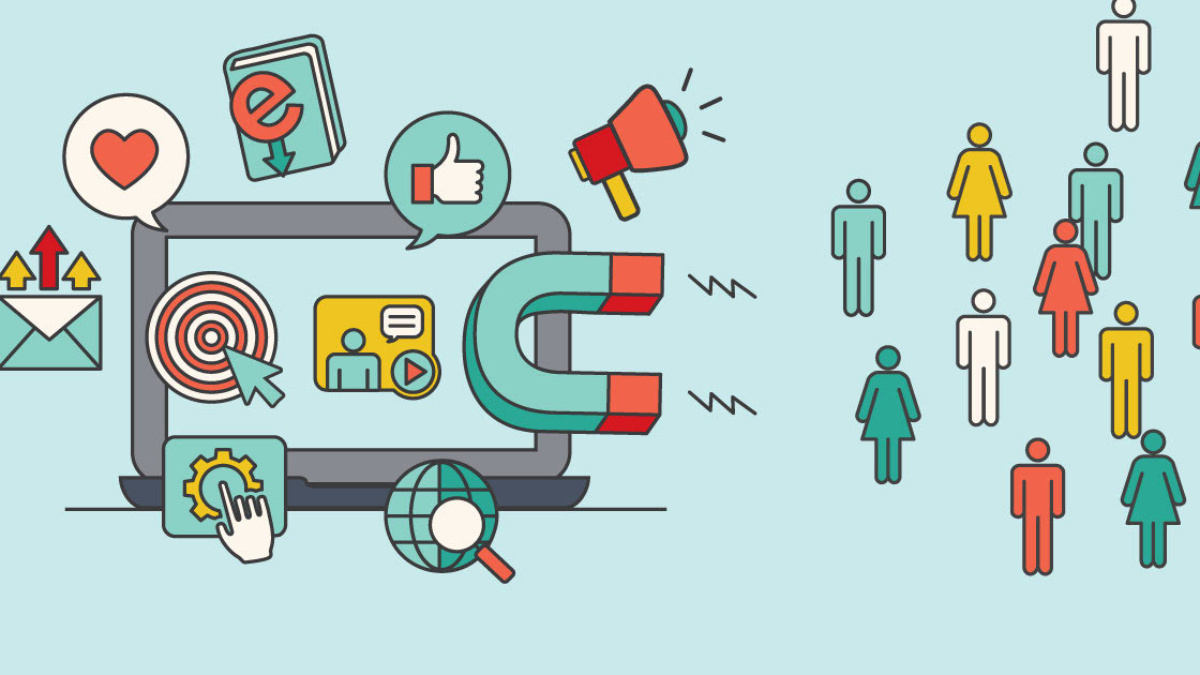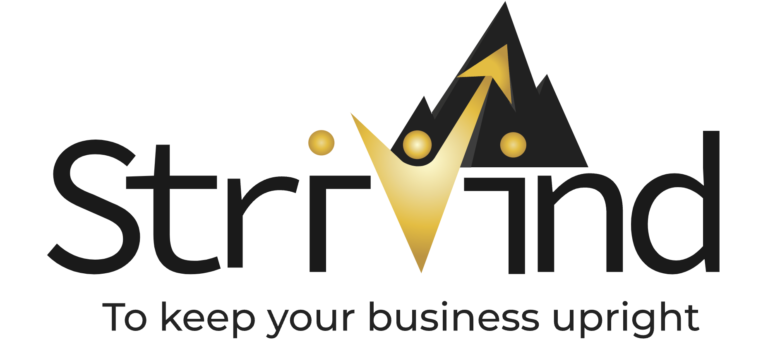Lead generation is the process of generating consumer interest for a product or service with the goal of turning that interest into a sale. In online marketing this typically involves collecting a visitor’s contact information (called a “lead”) via a web form.
Lead generation is a core part of the sales funnel for many B2B companies since their products can cost thousands of dollars and web visitors are less likely to buy their product or service directly from the website. Collecting new leads allows the businesses to educate and nurture prospective customers through email marketing, before reaching out to qualified leads directly via salespeople.
Lead generation is also important for ecommerce and other businesses, as email marketing is still one of the most effective channels for marketing online, and gathering a prospective customer’s contact info allows the business to market to them later, even if they do not make a purchase immediately.

How lead generation works
There are two main components to the lead generation process: getting traffic to your site and then convincing them to share their contact information with you.
The first step of the process is finding an effective way to attract prospects to your website. Depending on your company’s goals and budgetary constraints, there are many ways to start attracting prospects to your site. The following are some of the key ways businesses use to drive traffic:
- Search Engine Marketing (SEM) – SEM is a form of online advertising that involves paying search engines (such as Google or Bing) to display ads in their search results. Because search is the primary way people navigate the web, this can be a big source of traffic.
- Search Engine Optimization (SEO) – Search engine optimization is similar to SEM, in that it involves getting traffic from search engines, but rather than paying search engines for ads, SEO involves optimizing your website for search engine algorithms so that it appears higher in the organic search results.
- Social Media – Social media sites such as Facebook and LinkedIn have grown to become some of the most popular sites on the web, and are beginning to rival search as major sources of traffic. You can drive traffic from social networks by posting content to social media platforms or paying for ads that run on the networks.
- Display Ads – This type of advertising comes in various forms such as video, image, audio or text. These ads can be purchased on relevant websites in order to drive that traffic to your own site, usually via Pay-Per-Click (PPC) models.
- Offline Events – Online marketing can often begin offline. Events such as industry conferences and meetups can be good ways to network with potential new customers, inform them about your brand, and get them to your website. These can be events that you attend as a guest, events that you sponsor or events that you host yourself.
Once visitors start arriving to your site, the next step is to convert them into leads via an online form. This can be done in using many different lead generation tactics but involves getting users interested in your product or service and getting them to submit their contact info, often through the use of an incentive (known as a “lead magnet”).
